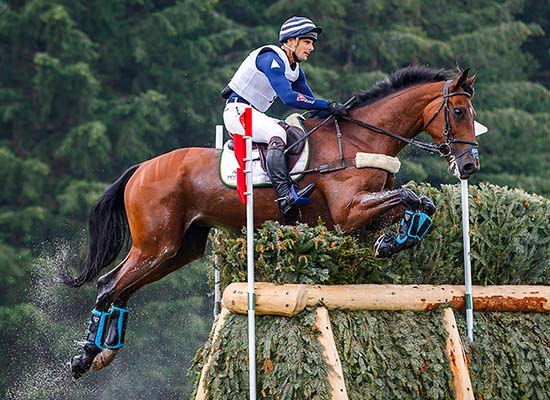By Jean Llewellyn
Photography: FEI-Libby Law
Since their launch in 2003, the WBFSH rankings have run from October 1 to September 30 each year to determine the year-end Longines-WBFSH Breeder Awards, as well as the studbook winners in the Olympic disciplines. This year saw the competition season foreshortened by almost six months due to the coronavirus pandemic and the blanket cancellation of FEI events.
During this ‘lost’ period some of the major points-earning events, the FEI World Cup Finals and the Olympic Games disappeared from the calendar, which undoubtedly impacted the year-end result.
Therefore, it’s worth reflecting on how the studbooks themselves have evolved over the past decade – with its ups and downs. And, as the individual breeder/horse rankings and sire rankings by year can be found on the WBFSH website, we decided to create a studbook table based on accumulated points over a 10-year period, starting in 2011.
Obviously, during this time, new studbooks have emerged and joined the WBFSH, while others have amalgamated so only show points for seasons at the beginning of the decade. Therefore, each table also includes a column with the total number of year-end results contributing to the studbook’s overall total.
For example, DSP (Deutsches Sportpferd/German Sport Horse) – an amalgamation of several of the smaller German studbooks in 2016. Yet, in their inaugural year, they immediately ‘jumped’ into 14th place out of the 48 studbooks represented. It’s also quite remarkable, therefore, that they finished 16th for accumulated points over the past decade from only five seasons. If we were to calculate their points average and apply it to 10 seasons or, alternatively, include the points won by the amalgamated studbooks from 2011 to 2015, the overall points tally for DSP would have promoted them in the final ranking list to ninth place. There is no doubt that if a similar table was produced to reflect a new decade in 2025, the result for DSP and, indeed, a number of other studbooks could be quite different. For now, the same scenario for DSP can also be seen in both dressage and eventing.
The number of seasons has also been reduced when a studbook does not appear in the top 30 of the WBFSH year-end results.
Similarly, with a large volume of studbooks represented each year, the table for showjumping has been calculated to show 30 places. With regard to eventing, this discipline sees the smallest number of studbooks represented, but the points totals were extremely competitive over the 10 years, so it too includes 30 places.
Dressage, with higher volume of studbooks than eventing, conversely begins to show large margins in the descending points below 10,000 (27th place), so that’s where we’ve drawn the line in terms of the decade-long result... To read the complete article you need to be a subscriber
CLICK HERE TO SUBSCRIBE TO BREEDING NEWS
SUBSCRIBERS CAN READ THE COMPLETE ARTICLE BY LOGGING IN AND RETURNING TO THIS PAGE





